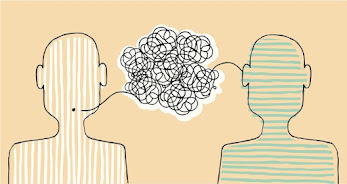Habit 7: Sharpen The Saw Part 2

(Not my image) As I end this blog with a final post I want to reflect back on the last section of Habit 7 as well as reflecting on my journey to effectiveness. The last portion of Habit 7 covers control, balance, and the upward spiral. Covey talks about how we often try to control the lives of other people through "scripting". He warns us about this because of the negative effects it can cause on others through interference. Like the last blog post, Covey reflects back to balance once last time to the overall renewal balance. He emphasizes the role balance has on effectiveness. With a healthy body, mind, and spirit an individual can reach their maximum capabilities of being an effective person. Lastly, Covey introduces the Upward Spiral. The occurrence is watering yourself, like a plant. The better you are at watering the more you grow. In this case, watering refers to positive doings. As I reflect back on my journey to effectiveness, I can't ...





